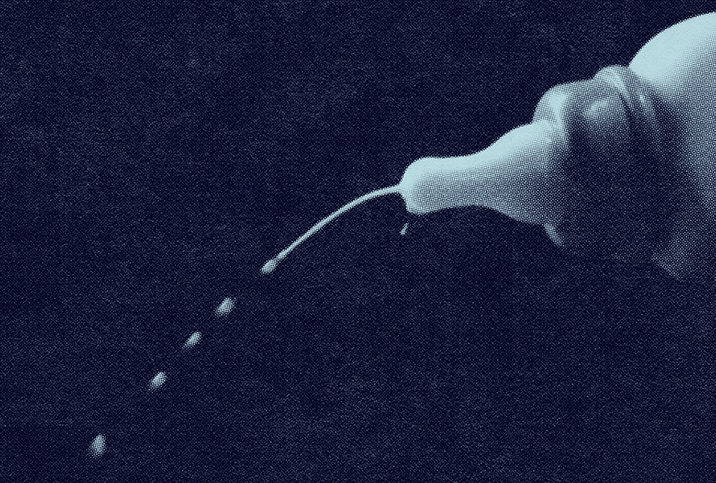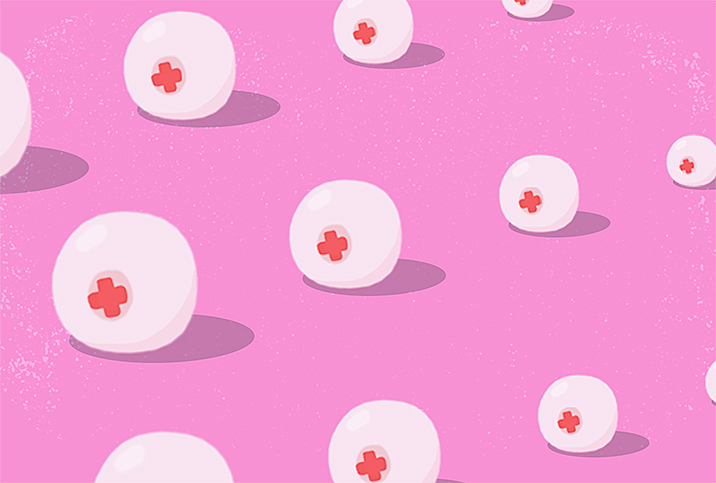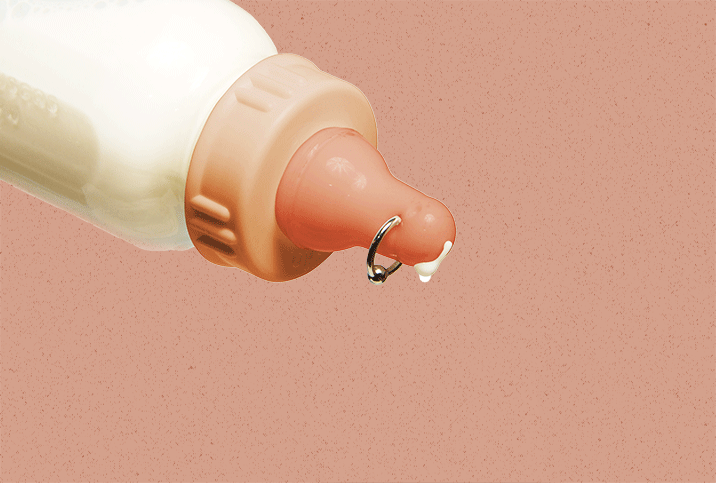Why You Might Have Nipple Discharge (Even if You Aren't Pregnant)

Galactorrhea, a condition in which a person's breast inappropriately produces milk, can happen to nonpregnant women and postmenopausal women. While predominantly occurring among women, galactorrhea can also happen to men, albeit rarely.
Inappropriate lactation is a relatively common issue, and galactorrhea affects approximately one in four or five women.
Galactorrhea presents itself with the following signs and symptoms:
- Persistent or intermittent nipple discharge that leaks either spontaneously or when manually expressed.
- Discharge is usually milky white in color, bilateral and comes from multiple ducts.
- Affects one or both breasts.
- Amenorrhea or irregular menstruation.
- Headaches and problems with vision.
What causes galactorrhea?
Numerous factors can cause galactorrhea, and all cases stem from higher-than-normal levels of prolactin (hyperprolactinemia).
Prolactin is a hormone produced by the pituitary gland that manages lactation. In pregnancy, as the breasts prepare for breastfeeding, a discharge from both nipples is generally seen as early as the second trimester. This thick, yellow nipple discharge is called colostrum and is completely normal during pregnancy.
A person's level of the prolactin hormone impacts their ability to produce milk. A lack of prolactin could make a mother unable to discharge milk, while having excessive prolactin can lead to galactorrhea in nonlactating females or males.
'Galactorrhea is usually a symptom of another process going on in the body, with some processes being benign and others being more serious.'
Sherry Ross, M.D., an OB-GYN and women's health expert at Santa Monica, California–based Providence Saint John's Health Center, explained that nipple discharge could also be a normal occurrence for nonpregnant women through nipple stimulation.
"A clear fluid coming from the nipples can happen if they are excessively stimulated during intimacy and exercise. During sex and intimacy, regular nipple stimulation either by the fingers or the mouth can cause a nipple discharge. Tight T-shirts or bras can rub the nipples also, causing them to leak during exercise," Ross said.
Underlying conditions
While prolactin production is present in all cases of galactorrhea, the condition can be a sign of an underlying condition, such as:
- Pituitary tumors: These tumors disrupt the hypothalamus-anterior pituitary flow of dopamine and can cause elevated prolactin levels, usually not higher than 200 ng/ml.
- Hyperthyroidism: Higher-than-normal levels of thyrotropin-releasing hormone (TRH) in people with hyperthyroidism can trigger the production of lactotrophs. This could lead to galactorrhea and hyperprolactinemia.
- Renal failure: An estimated 30 percent of patients with renal failure develop higher prolactin levels. This happens when the kidneys fail to clear prolactin.
- Breast conditions: Women who suffer from a breast disease—such as breast trauma, breast infection, fibrocystic breasts and benign breast tumors—can also experience nipple discharge. It can also be caused by a benign (noncancerous) breast growth called an intraductal papilloma, and a rare form of breast cancer called Paget's disease of the nipple. If the nipple discharge originates from a single duct, is bloody, and comes with a breast mass, it needs to be evaluated for possible breast tumors.
Herbs and medications
Galactorrhea can be medication-induced. Galactagogue herbs (those that stimulate milk production), such as fennel, fenugreek and anise, can also cause nipple discharge.
Several antipsychotic medications cause elevated prolactin levels, including risperidone, clozapine, aripiprazole, olanzapine, metoclopramide, domperidone and verapamil.
However, in some cases, galactorrhea can occur without a known cause, a condition referred to as idiopathic galactorrhea.
The condition resolves on its own in a third of patients.
Is galactorrhea serious?
Seeing milk leak out your nipples is understandably worrisome. But, however unsettled you may feel, galactorrhea is usually not life-threatening in the absence of thyroid dysfunction or tumors.
With that said, this condition could be associated with infertility and amenorrhea (the absence of menstruation) in some women.
Kavita Jackson, M.D., an emergency medicine physician and breast cancer survivor, said, "Galactorrhea is usually a symptom of another process going on in the body, with some processes being benign and others being more serious. How worried one should be depends on the ultimate cause that is found for the galactorrhea."
You can ascertain the severity of nipple discharge by looking at its color. A bloody nipple discharge and spontaneous nipple discharge are two circumstances that warrant seeing a healthcare provider. More concerning causes of abnormal breast discharge include a pituitary gland tumor or a benign breast tumor.
Ross told us that a bloody nipple discharge is always cause for alarm: "Nipple discharge can appear red, yellow, green, white and clear in color. If you see a bloody nipple discharge in one or both breasts, this is rarely normal. Also, if you notice spontaneous nipple discharge without any stimulation, such as touching or fondling the breasts, this is also a cause of concern."
A 2011 meta-analytic study published in the journal Breast Cancer Research and Treatment confirms that bloody nipple discharge is a significant predictor for breast cancer. In eight studies involving 3,110 patients, those with a bloody nipple discharge had a markedly higher risk for breast cancer than those who had colored and clear nipple discharge.
Treatment and prevention
Determining the cause of the nipple discharge is crucial to know how to treat and prevent it. Once the cause of the nipple discharge is diagnosed, various treatment options are available.
Jackson confirmed: "Treatment of galactorrhea is based on addressing the underlying cause. Some causes require no treatment, while others may involve medications or possibly surgery if a tumor is found."
Experiencing unusual nipple discharge may alarm you, but don't panic. It's always best to discuss any changes in your breasts with a healthcare provider.


















